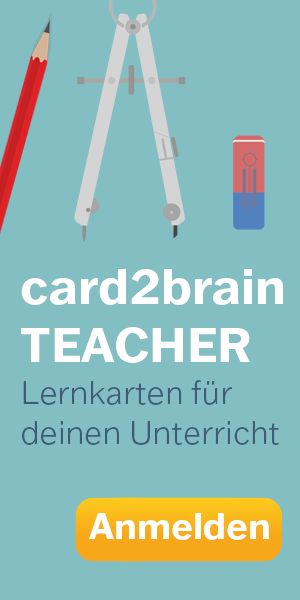Change Management
Kapitel 1 - 3
Kapitel 1 - 3
Kartei Details
| Karten | 14 |
|---|---|
| Lernende | 22 |
| Sprache | Deutsch |
| Kategorie | BWL |
| Stufe | Grundschule |
| Erstellt / Aktualisiert | 07.06.2012 / 30.09.2025 |
| Weblink |
https://card2brain.ch/cards/change_management
|
| Einbinden |
<iframe src="https://card2brain.ch/box/change_management/embed" width="780" height="150" scrolling="no" frameborder="0"></iframe>
|
Name 7 specifications of a working process
• preliminary studies
• aims of the CRM project
• description of results shows necessary change
• visualisation of results (transformation-map)
• basic conditions of change (obstacles, conflicts)
• necessary skill development (know-how adjustment of staff members)
• survey of progress (target-performance comparison)
8 Princliples of Change Management
1. determination
2. no action without diagnosis
3. holistic approach
4. co-operation of the persons concerned
5. help them to help themselves
6. process-oriented controlling
7. attentive choice of key-players in the change process
8. active communication
What is a transformation map?
An image that answers the following question: what should the company look like after the realization of the project?
Name the 4 points of '4Change=Changement'
1. Describing change
2. Generating support
3. Establishing competence
4. Providing with energy
Name three different ways to communicate change
1. Bomb (all persons informed)
2. Trojan horse (start small, tell success, announce if succeeded)
3. Participation (step-by-step. Persons concerned become participants)
What are reasons for resistance? (5)
- fear of own incompetence
- fear of disadvantages
- envy
- ignorance
- politics
- resource-manager
- coach
- achiever of change-objectives
- promoter and demander of performances
- conflict manager
- part of a team
- person of trust
- decision guide
- information manager
- stimulator
Describe the Lewin Model
Unfreezing:
establishing the need for change (e.g. identification with problems)
Movement:
to new behavior through cognitive restructuring (e.g. joint planning of change actions)
Refreeze:
integration of new behavior into social and organizational relationships
Characteristics of Organization Development?
- Planned change (not incidental change)
- Comprehensive / all-embracing change
- Groups and teams form the key focus for change (not individuals)
- Changing
- Individual attitudes and behavioral patterns and competencies
- Organizational culture and climate
- Organizational communication structures and formal structures (in a wider sense such as working time, reward systems)
- Long-term change (typically taking two or three years to achieve effective change) (no crisis management)
- Involvement of a Change Agent
- Intervention by experience-based learning and action research, as it helps to identify current behaviors and modifications that are needed.









